Touring Tirana
August 29th-31st, 2019
I made it to the capital of Albania, Tirana but it was still a 40+ minute walk to the hostel. My time walking the Camino completely changed my perception of walking for the better and so I shrugged and just walked instead of trying to deal with a taxi or bus.
I still wasn’t healthy enough to do much, so I chilled out at the hostel. I resolved to do better the next day. Tirana ended up being one of my favorite major cities in the region.
The Tirana Free Walking Tour was one of the best of the walking tours I have done in the Balkans. It was led by an Albanian man in his 40s who still remembered what it was like to live under the communist regime of Hoxha. It’s conducted every day at 10am & 6pm and meets in front of the opera house.
Albania was closed off to the world, having severed diplomatic ties with nearly every nation in the world. When Stalin died in 1953, its relationship with the USSR soured, and Albania decided that the USSR wasn’t sufficiently embodying the ideals of Stalinism. For a while China was a close ally, but eventually China had little use for the tiny Balkan country. It was a period of intense isolation and intense surveillance. The state controlled every aspect of the citizenry’s life, and because Albania had few trading partners, the country was limited to essentially whatever it was capable of producing. After the communist regime people tried things like bananas for the first time.
The ramifications of Communist rule in Albania can still be seen today, and in some ways, there was an overreaction in the opposite direction, with a huge push towards privatization. Albanians weren’t allowed to own cars until 1991, and that is not surprising when you see the driving.
During the walking tour we walked by the major sites in the area, including the Pyramid of Tirana. The Pyramid of Tirana previously was the Enver Hoxha Museum, but that understandably had to change. It was looking pretty rundown these days. Over the years it has existed as conference center, nightclub, and even as a hub for humanitarian aid during the Kosovo War.
One favorite Tirana tourist thing to do is to climb the pyramid. If you do, wear good shoes and be careful going down, it’s notoriously slippery. The Tirana Pyramid is currently slated to become a youth IT center. The plans would preserve the climbing, but it won’t be nearly as adventurous.
The House of Leaves
In Tirana there’s a mysterious building that formerly served as a newborn hospital before it was repurposed into something much darker. Albania’s strict version of Communism, heavily modeled after Stalinism, didn’t allow for a modicum of dissent. The people needed to be controlled, and therefore, they needed to be surveilled.
It was illegal to speak ill of the government, and no one could be sure that one of their neighbors or friends might be secretly enlisted by the government to spy and report back any rumblings. With so much widespread poverty, you could understand why some people would take a little on the side just for reporting on their neighbors.
The House of Leaves is now a museum dedicated to the Albanian surveillance state. It’s an extremely detailed look at the history, with reams of primary sources that are only truly accessible to people who can read Albanian.
One wall that was particularly illustrative of the detail in the museum was simply a giant org chart.
The design of the museum was beautiful, I was convinced it had to have been done by a gay man. It featured a lot of the very analog technology of the time that the government used to spy. There were also a number of propaganda videos of the time that depicted an Albania that never really existed. The only television allowed was state produced, so something as simple as pointing your antenna toward Italy to pick up Italian television could be seen as defying the government.
There was one wall that was pictures of all the objects that had actually been used to hide bugs. Most visitors will probably be struck by how low-tech the equipment used at the time was, but it was very effective.
The museum featured a recreation of a typical Albanian living room. It was sparse, to say the least. Our guide mentioned that when people first tried a coke after the communist regime they would decorate their room with it.
Bunk’Art 2
To understand how Hoxha exerted control over Albania, a visit to one or both of the BunkerArt museums in Tirana is a must. Hoxha’s paranoia that everyone w as trying to invade resulted in the building of at least 170,000 bunkers all over the country, many of which can be still be spotted today. Two have been converted into museums that depict various aspects of life in Albania during Hoxha’s reign. Bunk’Art1 and Bunk’Art2.
Bunk’Art1 is a little bit outside of town and larger, while BunkArt2 is right near Skanderbeg Square. I visited Bunk’Art2. To enter, i descended into the bunker that was built to withstand a nuclear blast. The bunker was filled with rooms explaining the history of Albania during the reign of Hoxha.
“The People’s Republic of Albania is closed to enemies, spies, hippie tourists, and other vagabonds.”
I was particularly fascinated by the barbers at the border who gave visitors socialist aesthetic makeovers. It was indicative of Hoxha’s desire to keep out any sort of foreign influence. The more I learned about Albania the more I saw parallels with North Korea.
National Arts Gallery
The National Arts Gallery was a quick stop with some truly priceless communist-era propaganda paintings. These unintentionally homoerotic paintings are the definition of camp.
George W. Bush Street
I was surprised to see a street named after terrible US president George W. Bush, who must be more grateful for Trump’s election than anyone. GWB visited Albania and was forever immortalized with this street, which apparently has a strip club.




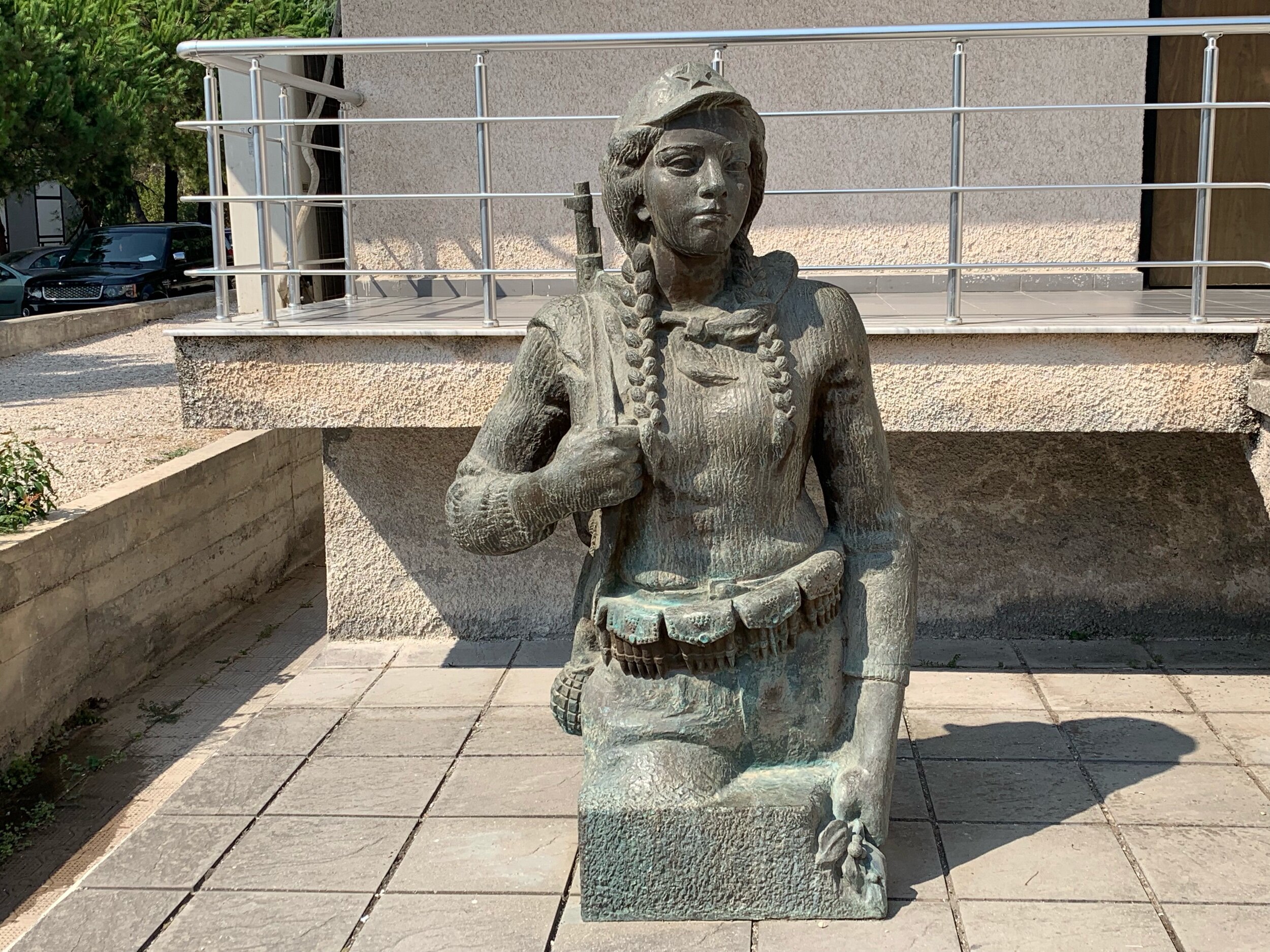





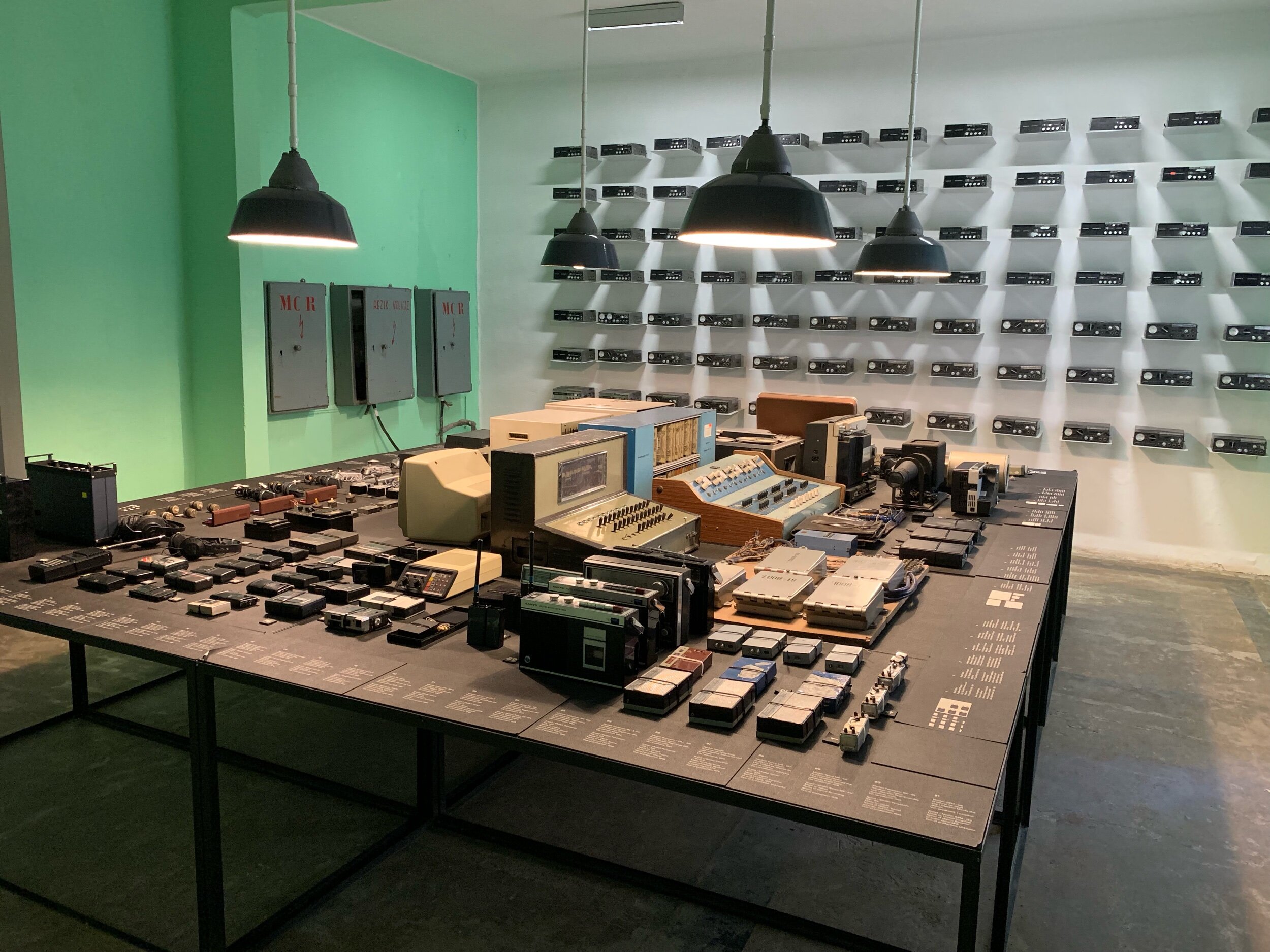







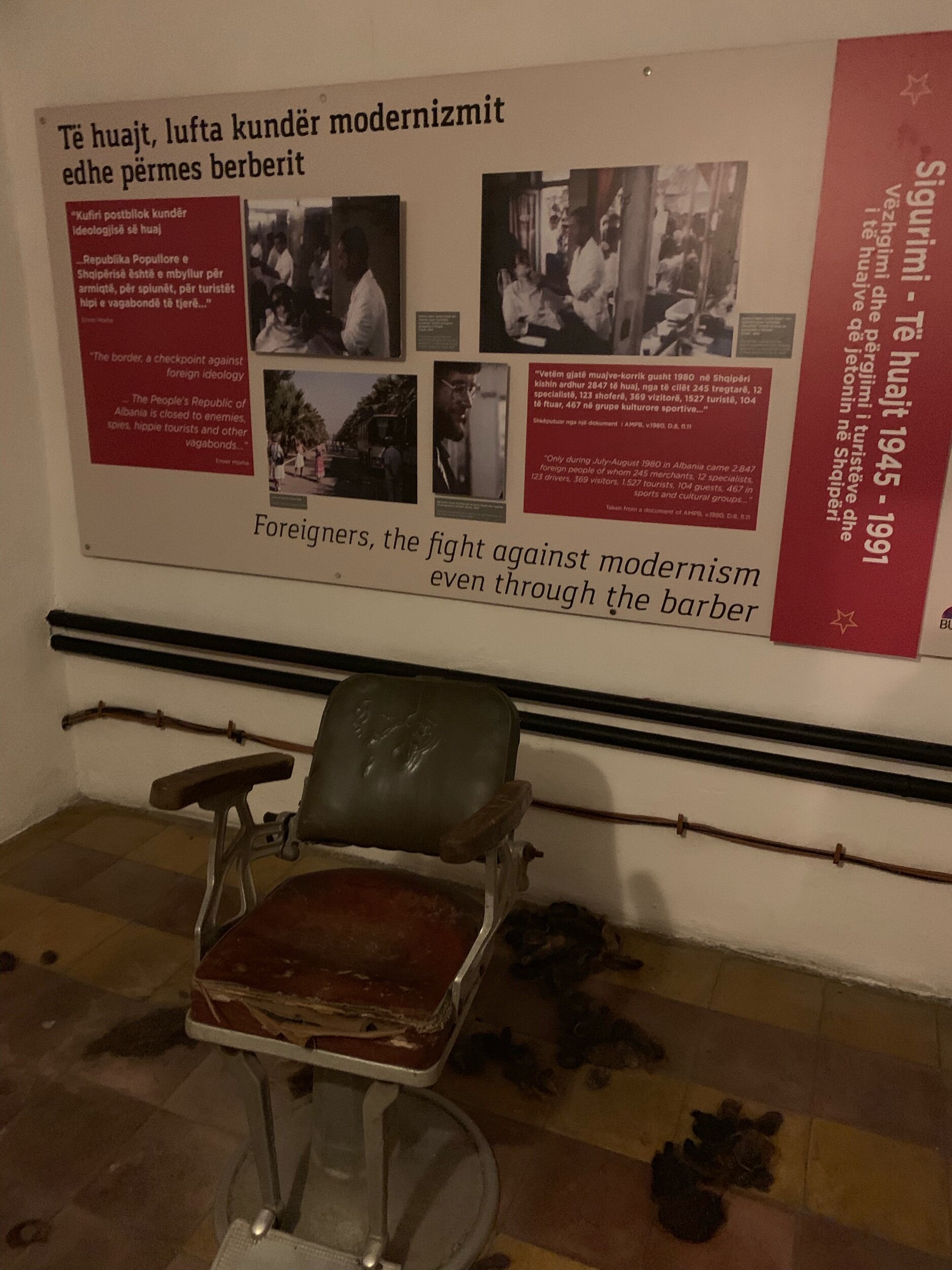




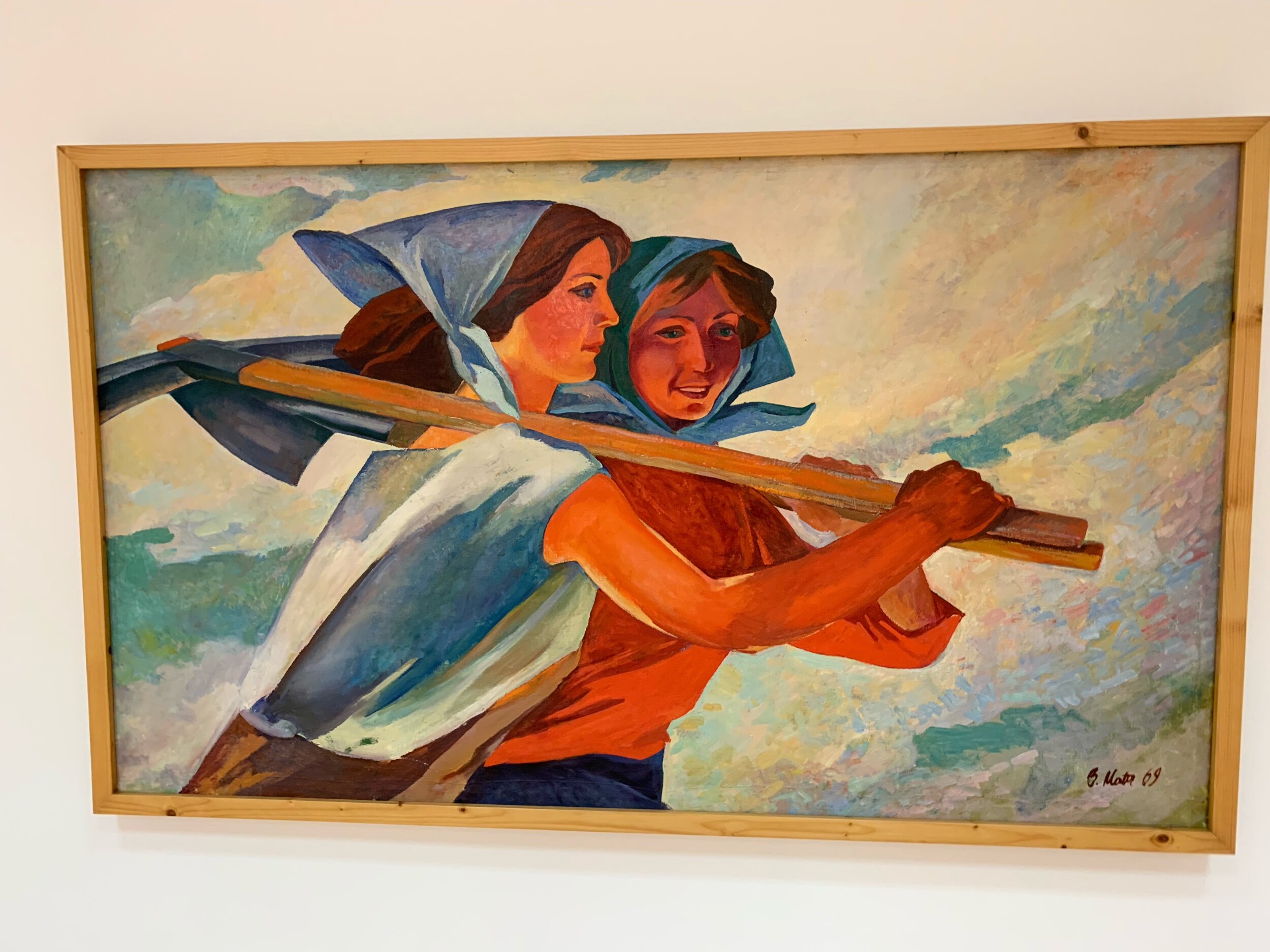
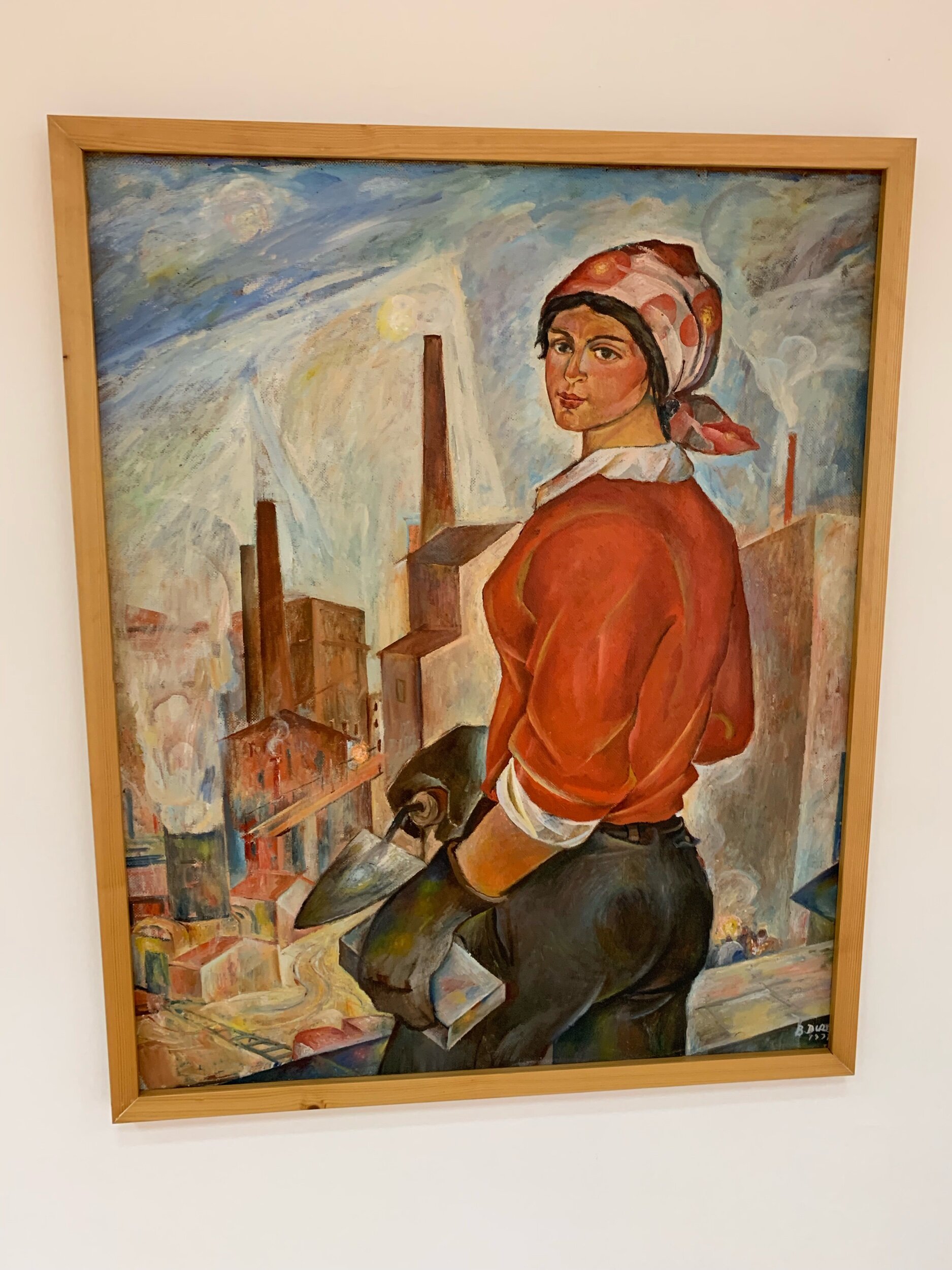





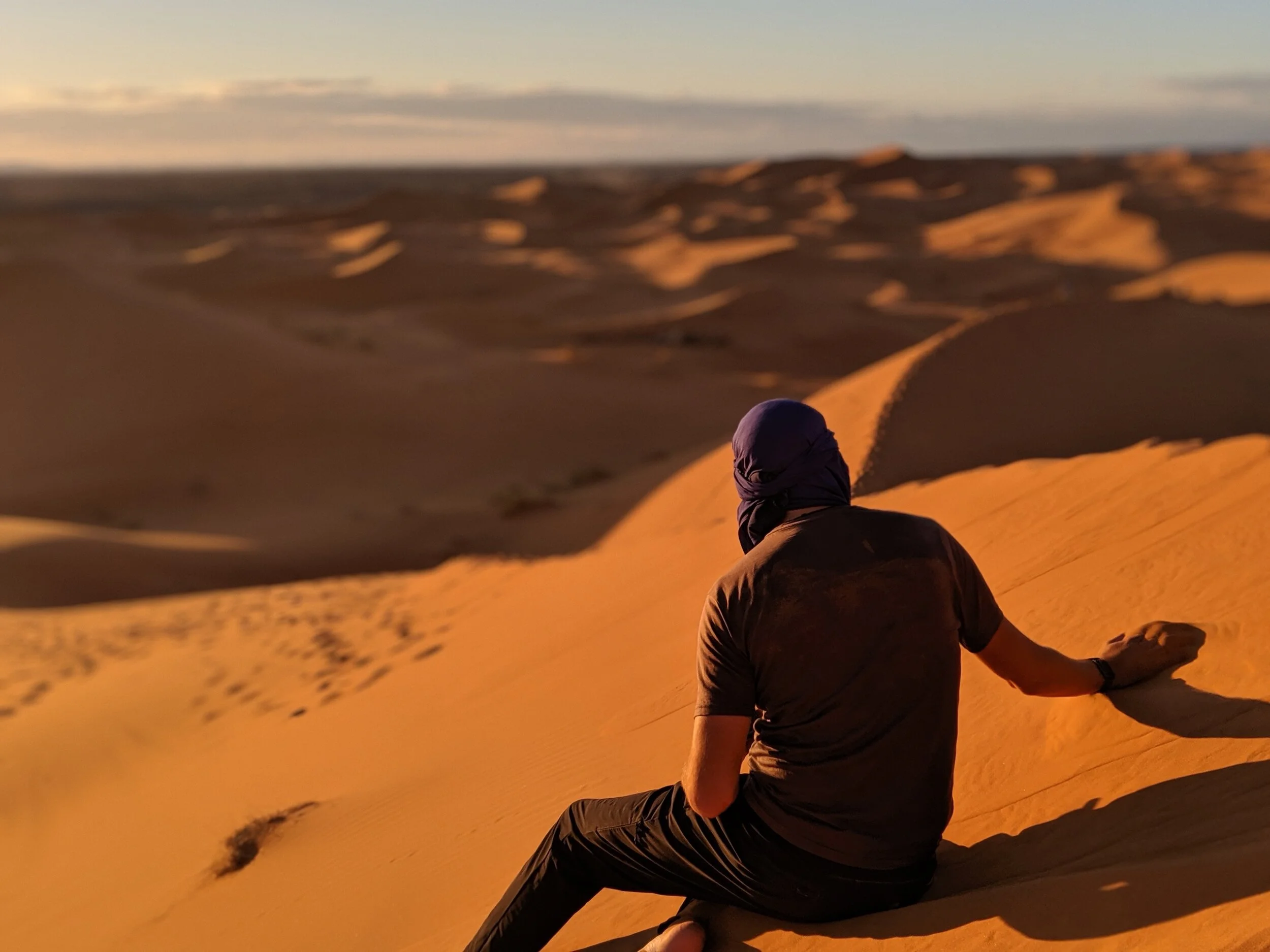

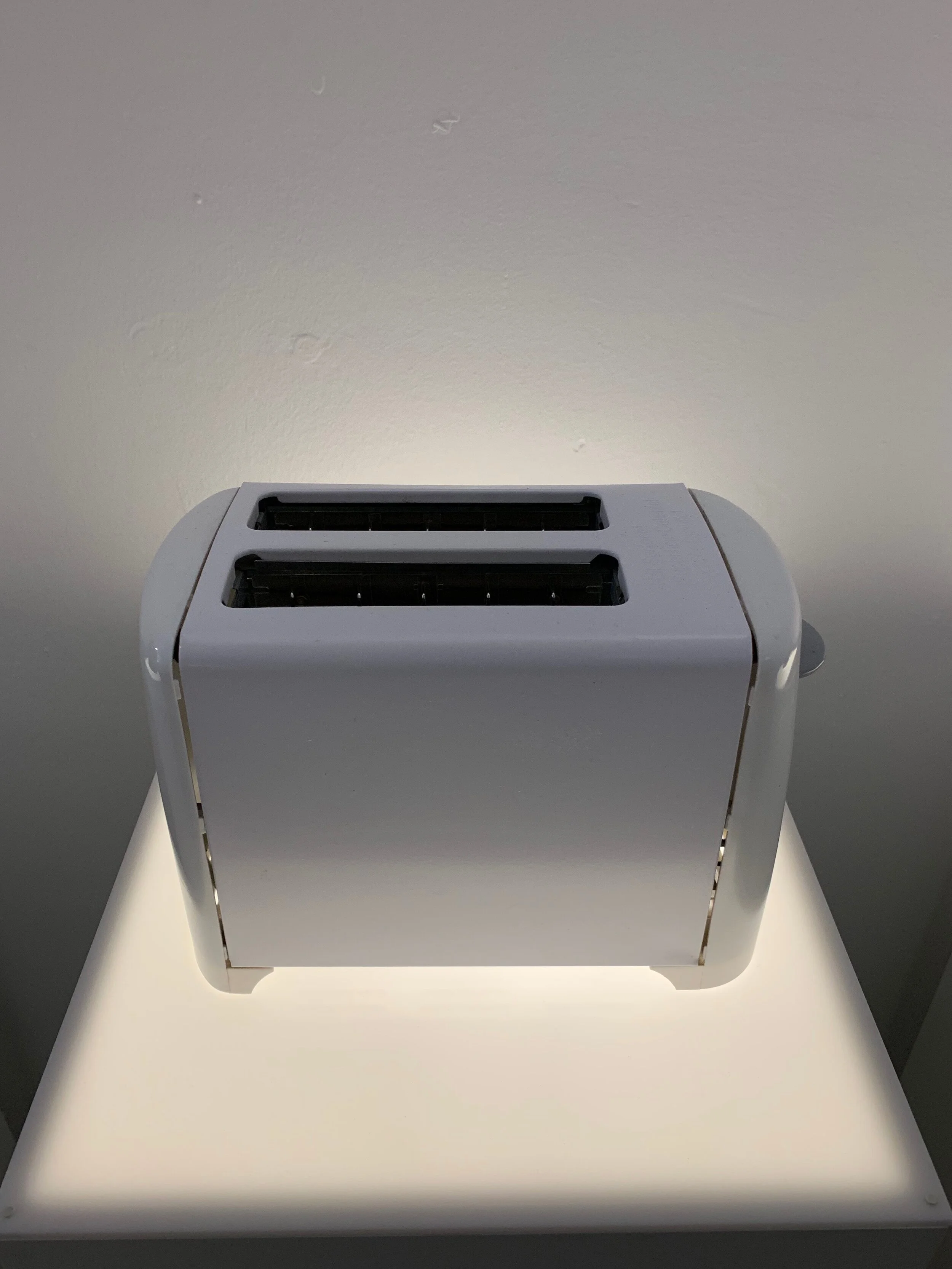

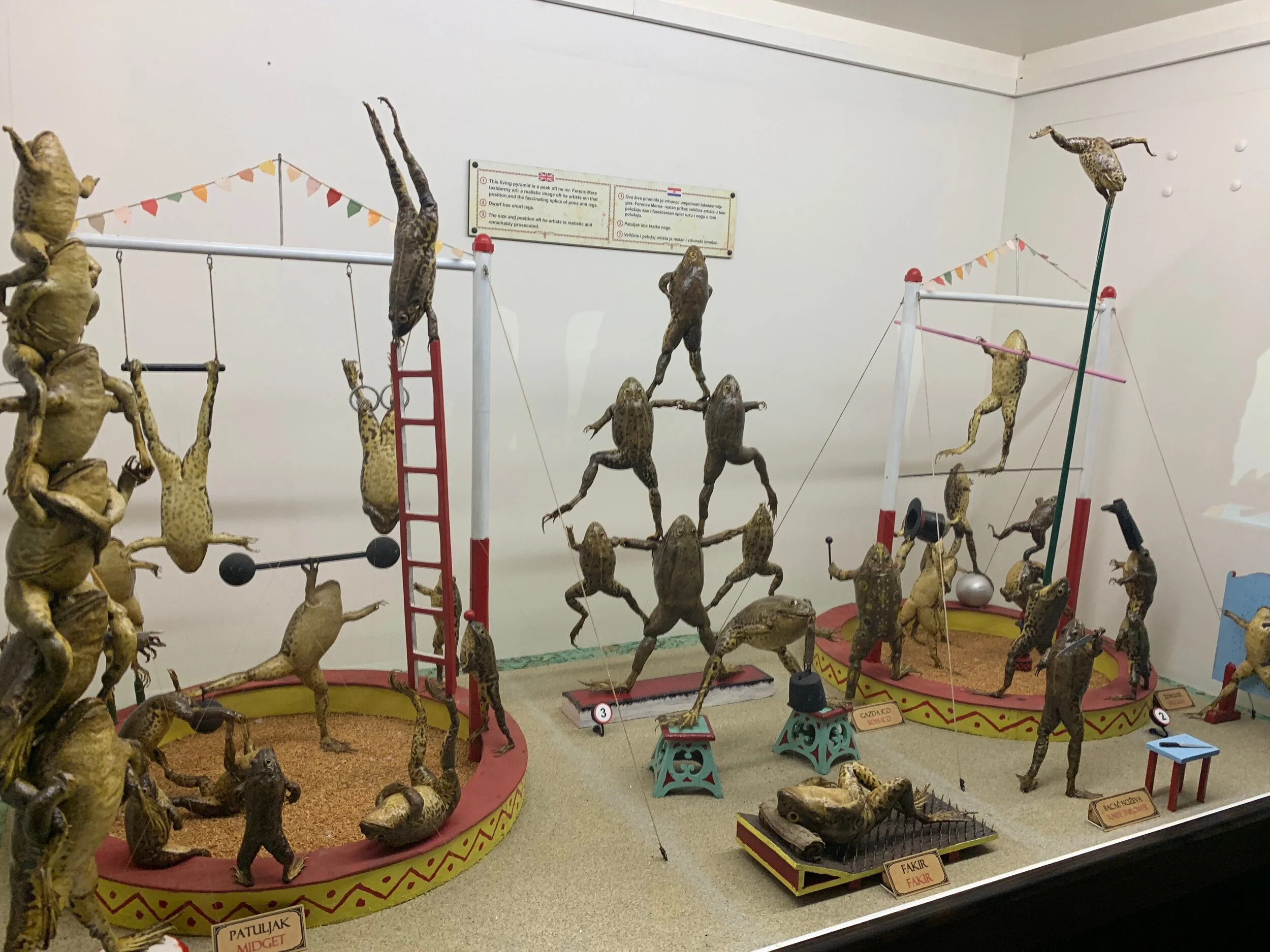
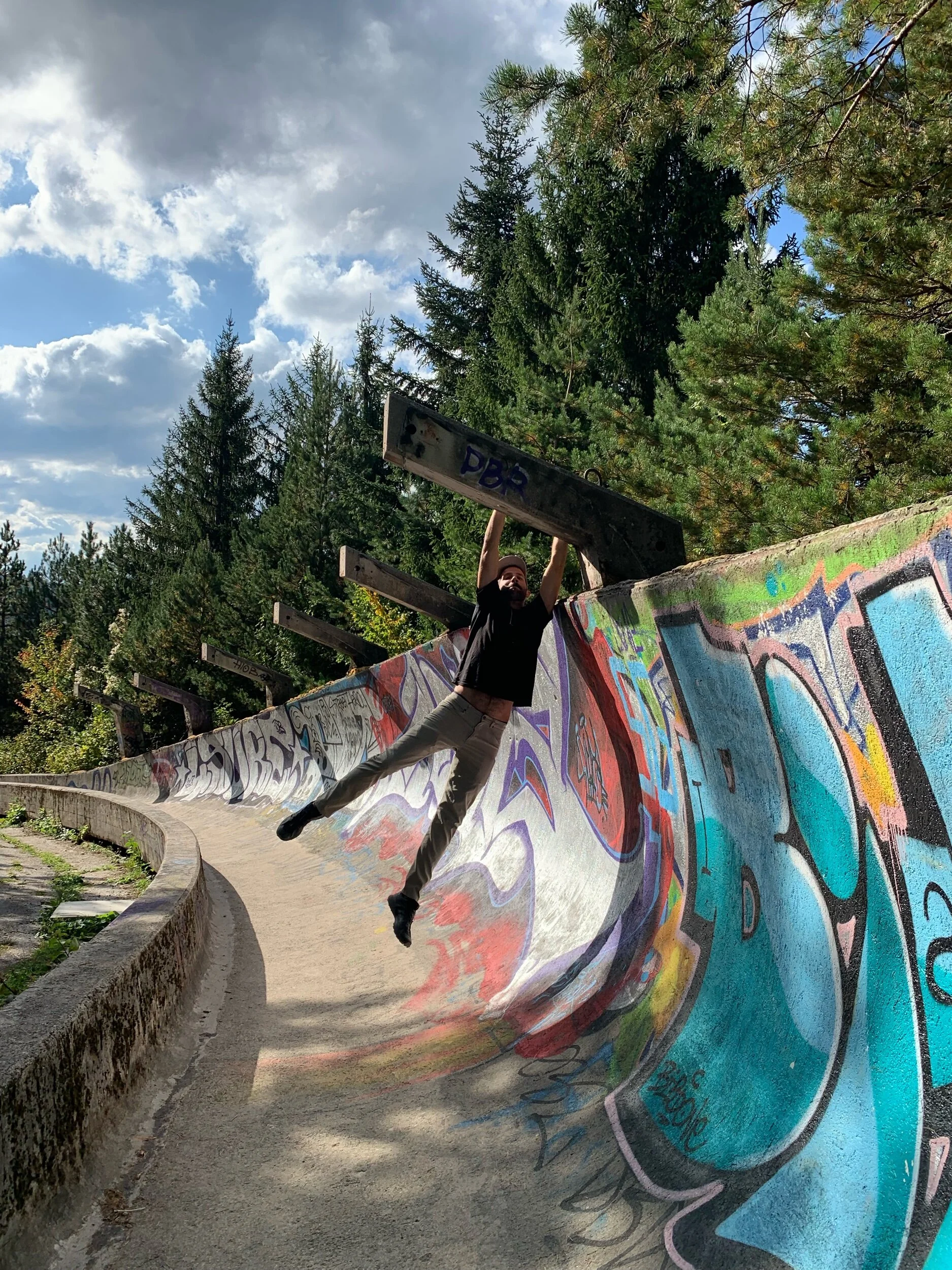
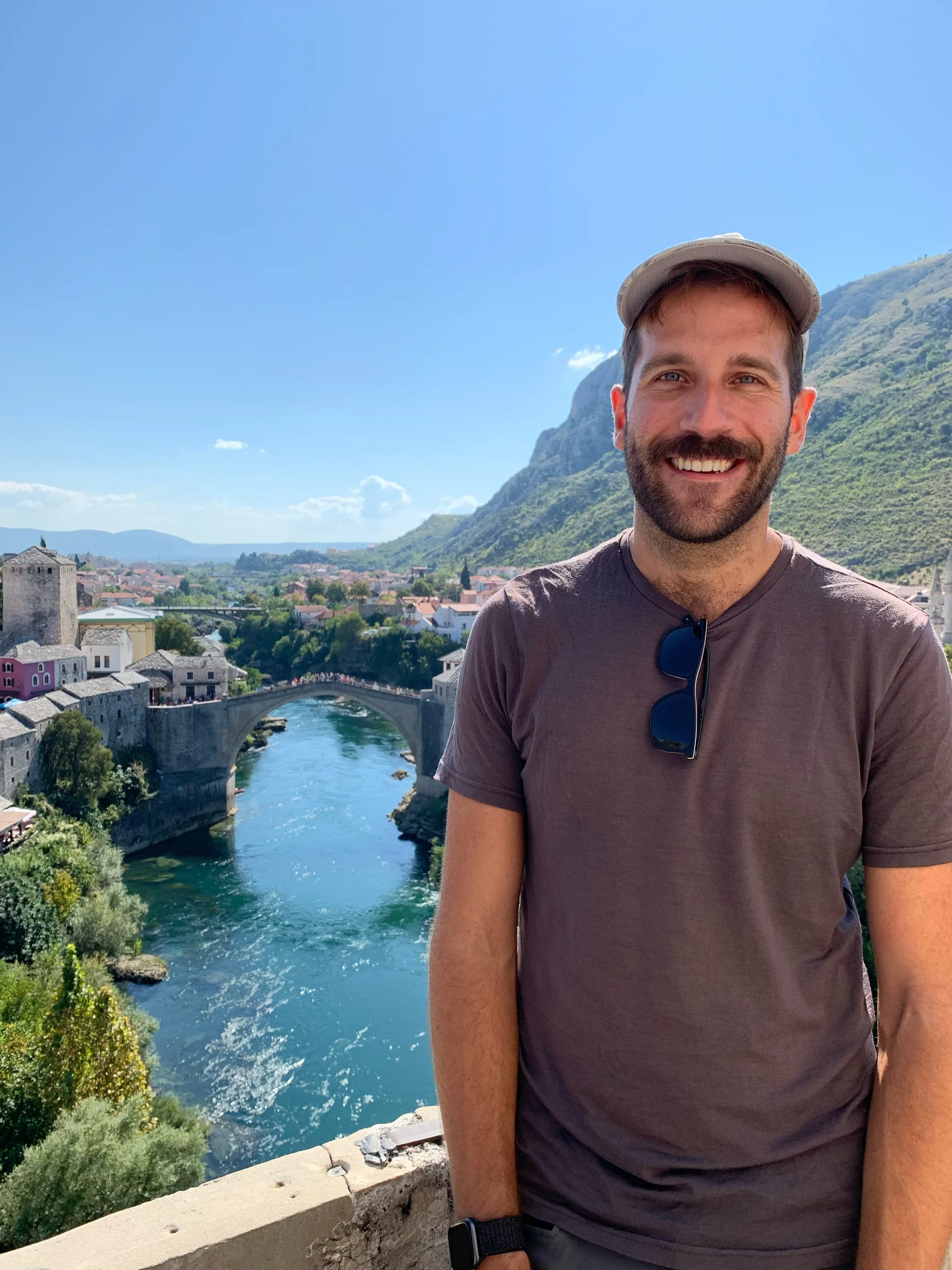
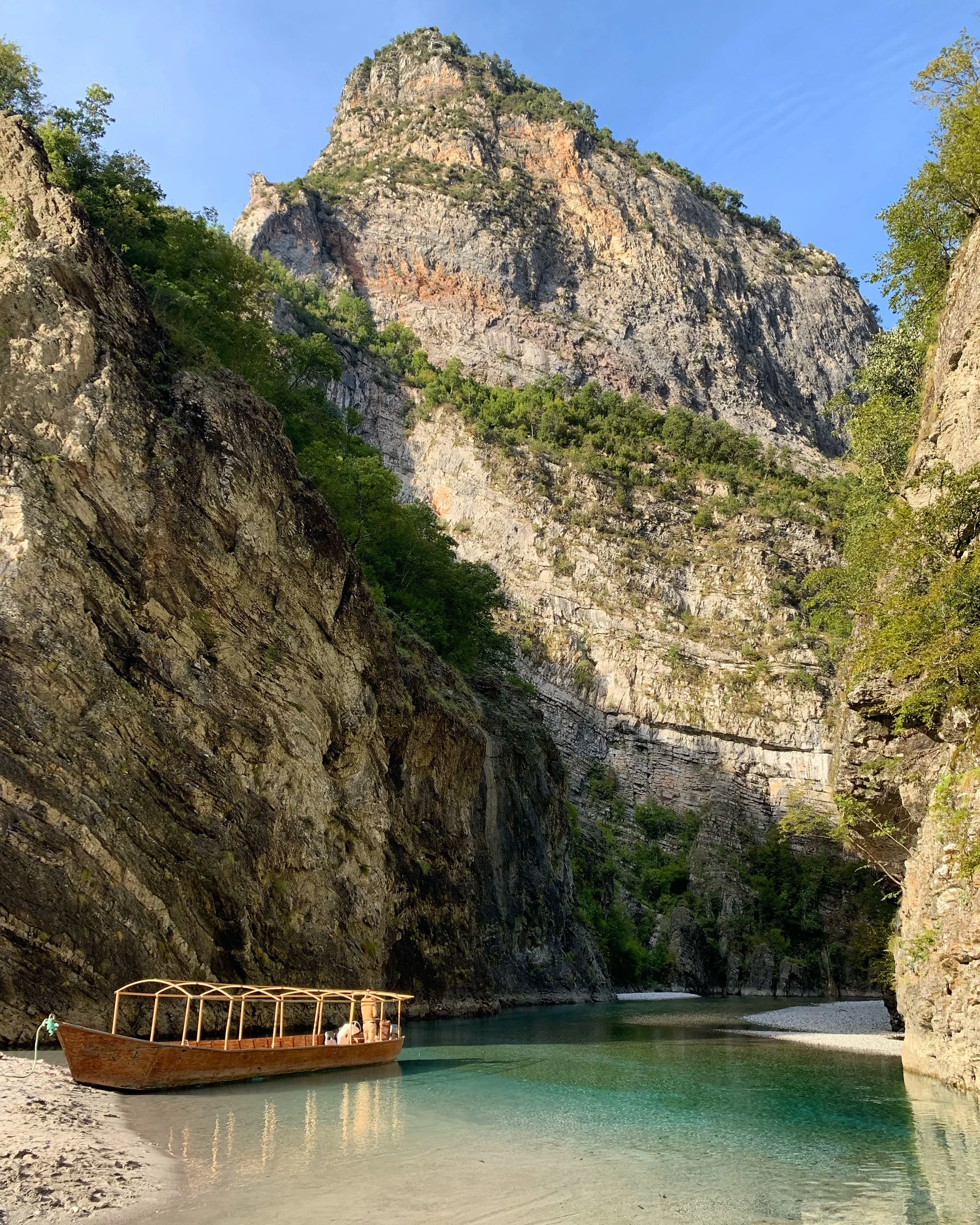
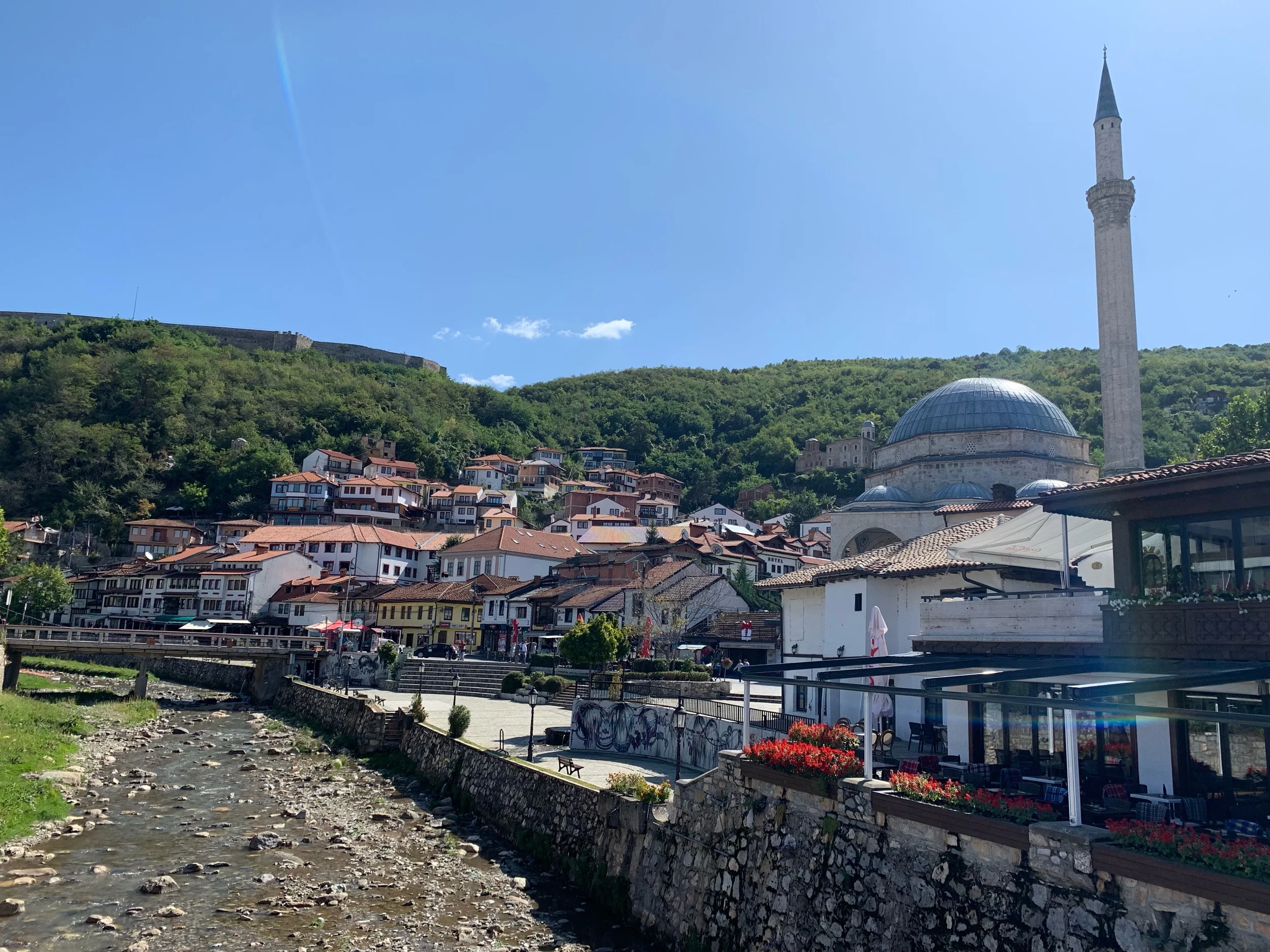
A must for history junkies